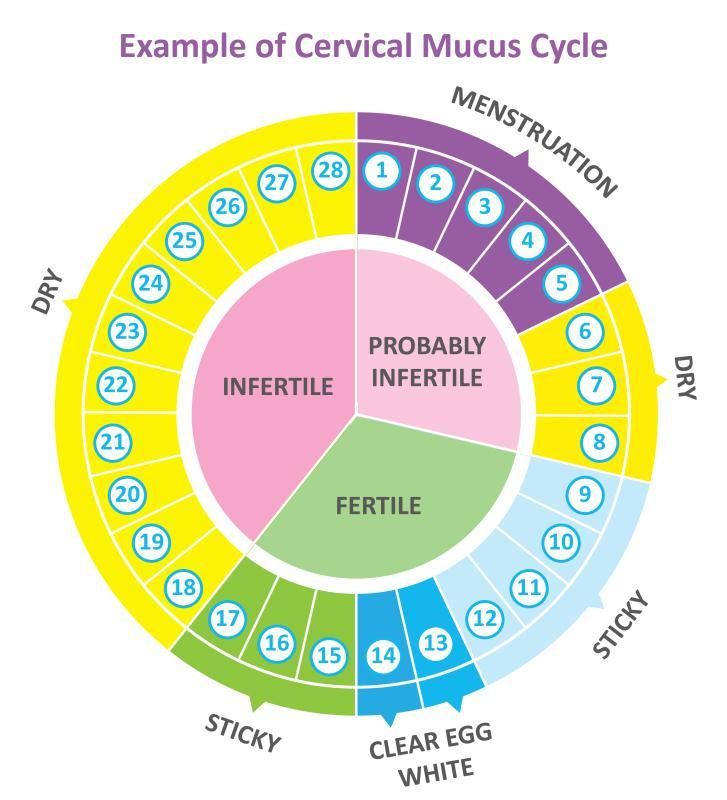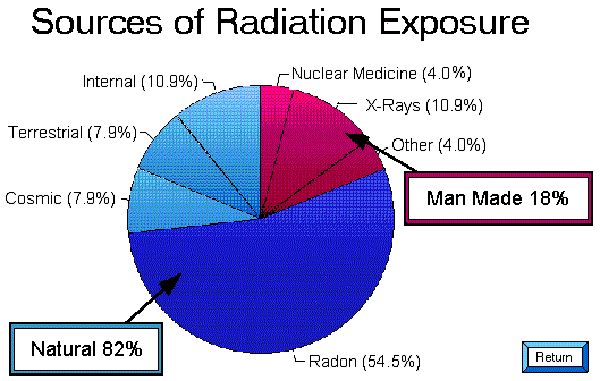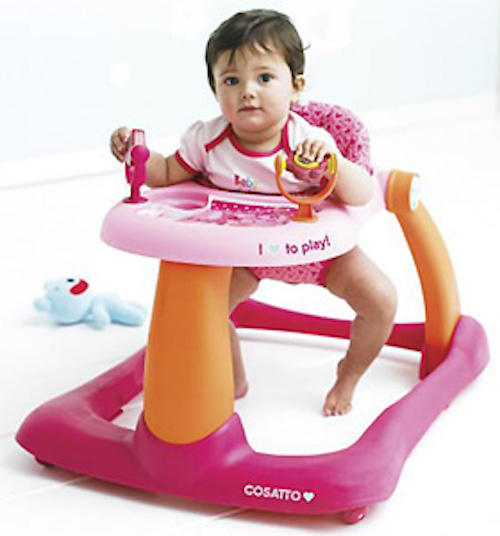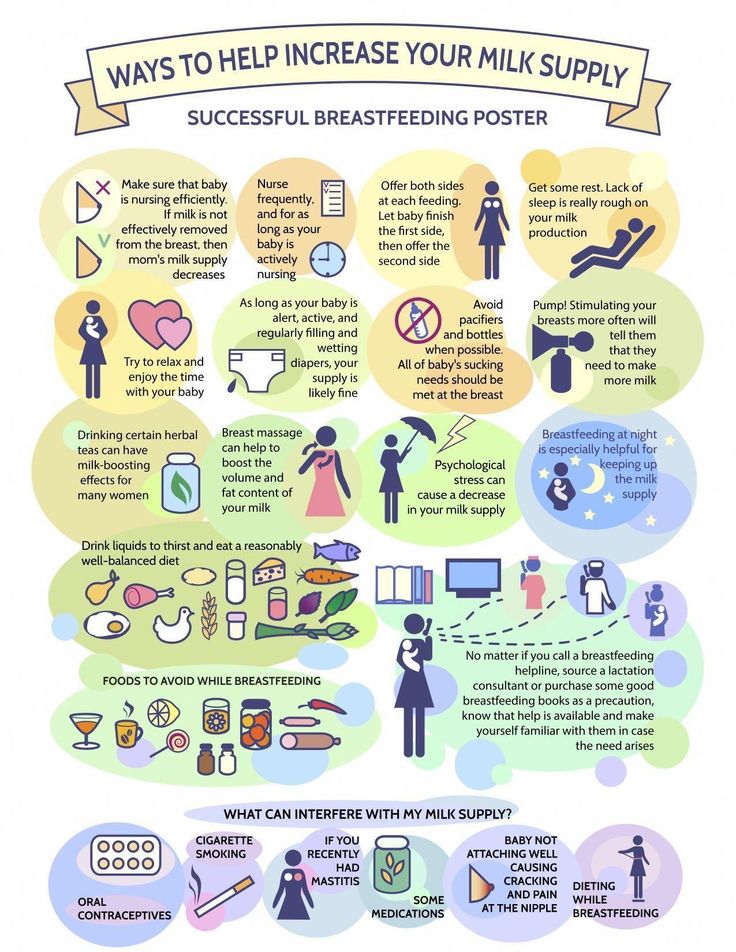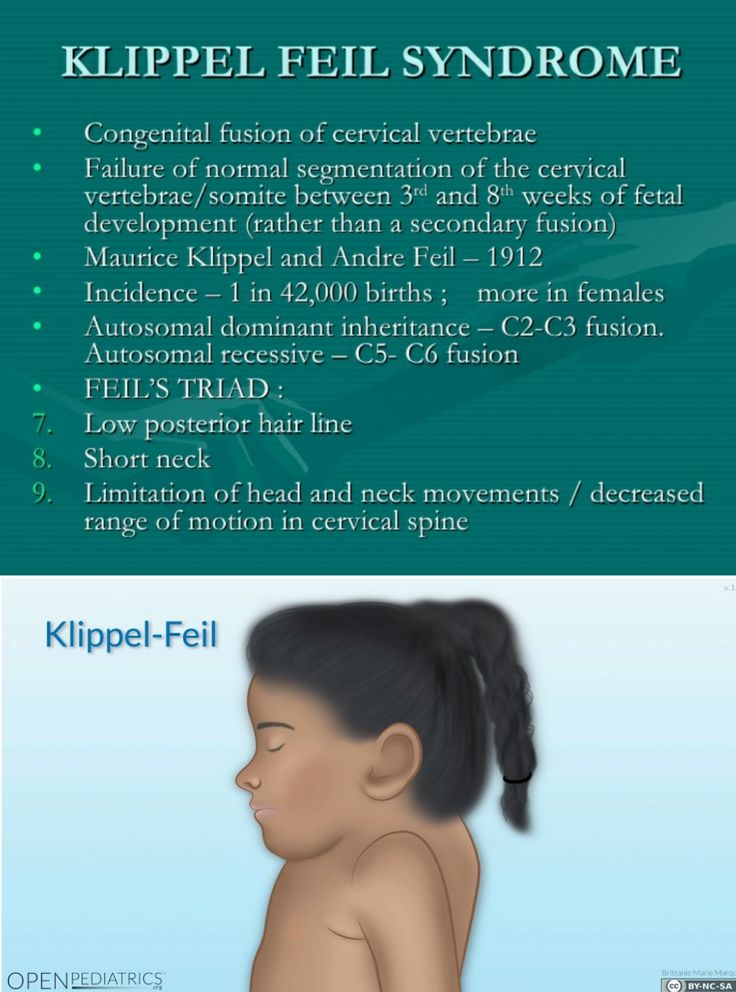Most fertile time in cycle
Right Time For Sex , When Do You Ovulate ?
When are you more likely to conceive?
We’re talking about the 'fertile window’ – the days in a woman’s menstrual cycle when pregnancy is possible. The ‘fertile window’ depends on the length of the menstrual cycle, which varies among women.
The ‘fertile window’ is the day an egg is released from the ovary (ovulation) and the five days beforehand. Having sex (intercourse) during this time gives you the best chance of getting pregnant.
Ovulation Calculator
What day did you your most recent period start?
Number of days in your cycle Please select20 Days21 Days22 Days23 Days24 Days25 Days26 Days27 Days28 Days29 Days30 Days31 Days32 Days33 Days34 Days35 Days36 Days37 Days38 Days39 Days40 Days41 Days42 Days43 Days44 Days45 Days
Your ovulation day
Most fertile time
-
What is an ovulation calculator and how does it help you get pregnant?
This ovulation calculator or ovulation calendar can help you work out your most fertile time.
These are the days you are most likely to get pregnant.
It can also estimate your due date if you do become pregnant during your next fertile days.
Others ways to help you work out when you're ovulating:
- Notice changes in vaginal mucus
A few days before ovulation, you may notice your vaginal mucus becomes clear, slick and slippery, and feels a bit like egg white.
This is a sign that ovulation is about to happen. It’s the best time to have sex, as sperm travel more easily in this kind of mucus.
- Use an ovulation predictor kit
You can use a predictor kit from a supermarket or pharmacy, to test your urine for signs of ovulation. If you start testing your urine a few days before the day you next expect to ovulate, a positive result means you are going to ovulate within the next 24 to 36 hours (one to two days).
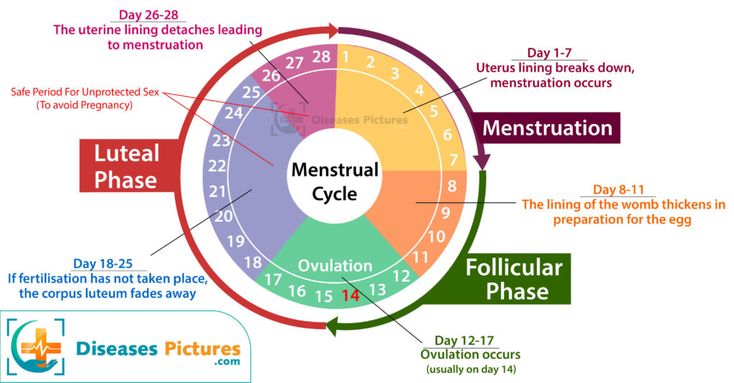
-
Facts about timing
Ovulation is when a mature egg is released from the ovary. The egg then moves down the fallopian tube where it can be fertilised. If sperm are in the fallopian tube when the egg is released, there is a good chance that the egg will be fertilised, creating an embryo, which can grow into a baby.
Pregnancy is technically only possible if you have sex during the five days before ovulation or on the day of ovulation. But the most fertile days are the three days leading up to and including ovulation. Having sex during this time gives you the best chance of getting pregnant.
By 12-24 hours after ovulation, a woman is no longer able to get pregnant during that menstrual cycle because the egg is no longer in the fallopian tube.
There’s almost no chance of getting pregnant if you have sex before or after the fertile window (but if you’re not trying to get pregnant, don’t rely on this – contraception is your best option!).
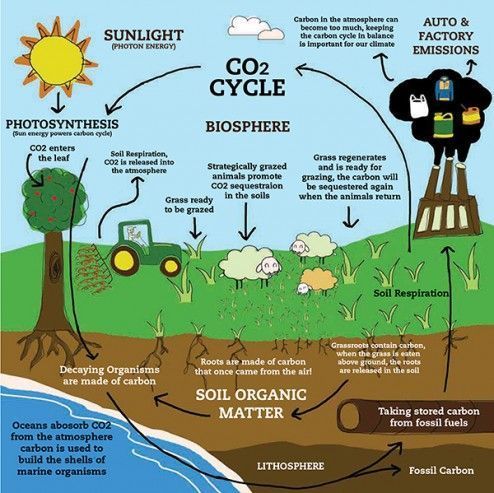
-
How to know when you’re ovulating
Knowing when you ovulate can help you plan for sex at the right time and improve your chance of getting pregnant. You can keep track of your menstrual cycles on a chart, in a diary, or on a free period-tracker app on your smartphone.
To work out the length of your menstrual cycle, record the first day you start bleeding (first day of your period). This is day 1. The last day of your cycle is the day before your next period begins.
- What is a ‘menstrual cycle’ and a ‘period’?
Some people think the ‘menstrual cycle’ and a ‘period’ are the same thing.
A period is when you bleed (or menstruate).
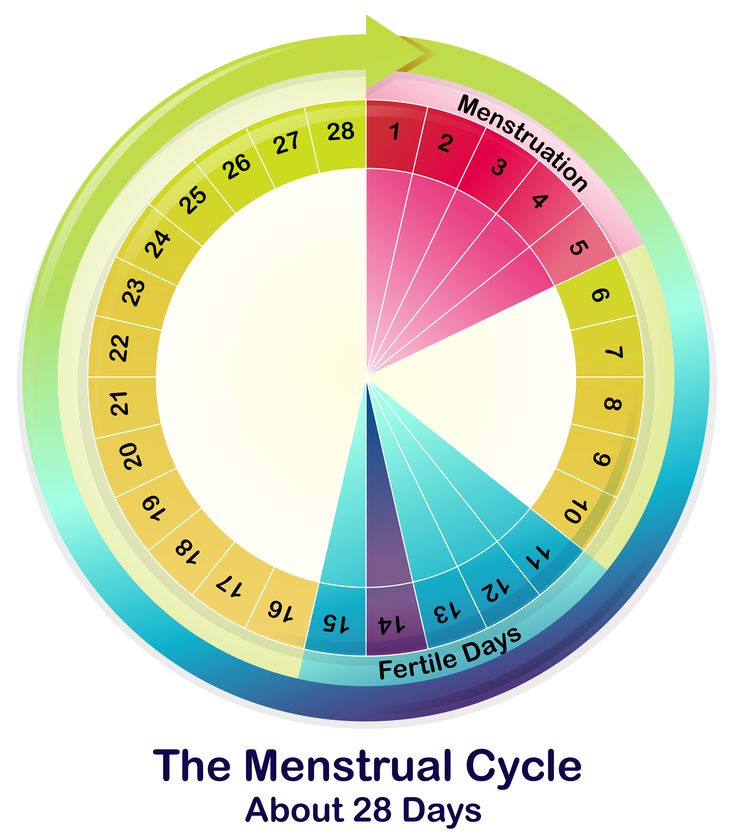
A menstrual cycle starts on the day when a period starts (day 1) and ends the day before the next period. A cycle’s length is considered normal if it’s between 21 and 35 days. They can vary between women and from one cycle to the next.
- Working out your ‘average’ menstrual cycle length
If your menstrual cycles are different lengths (most women’s cycles are) you can work out your average cycle length.
The number of days in a woman’s menstrual cycle can vary month to month. Periods are not always regular. It can be useful to work out an ‘average’ cycle length, based on the length of three menstrual cycles, to estimate when you’re most likely to be ovulating.
If you add the number of days in three cycles and divide the total number by three, it gives you your average cycle length.
Example
Sarah tracked her last three menstrual cycles by counting the time from the first day of one period, to the day before the next period.
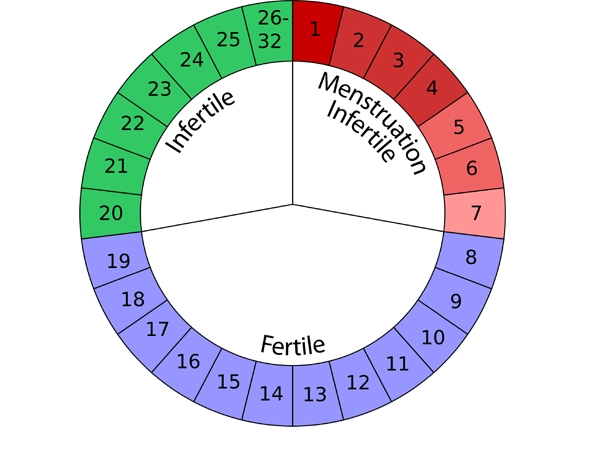
Cycle 1 was 28 days; Cycle 2 was 32 days; Cycle 3 was 27 days
28 + 32 + 27 = 87
87 divided by 3 = 29
So the average length of Sarah’s menstrual cycles is 29 days.
- Working out your most fertile days
When you know your average menstrual cycle length, you can work out when you ovulate.
Ovulation happens about 14 days before your period starts.
- If your average menstrual cycle is 28 days, you ovulate around day 14, and your most fertile days are days 12, 13 and 14.
- If your average menstrual cycle is 35 days ovulation happens around day 21 and your most fertile days are days 19,20 and 21.
- If you have shorter cycles, say 21 days, ovulation happens around day 7 and your most fertile days are days 5, 6 and 7.
Your most fertile days are the three days leading up to and including the day of ovulation.
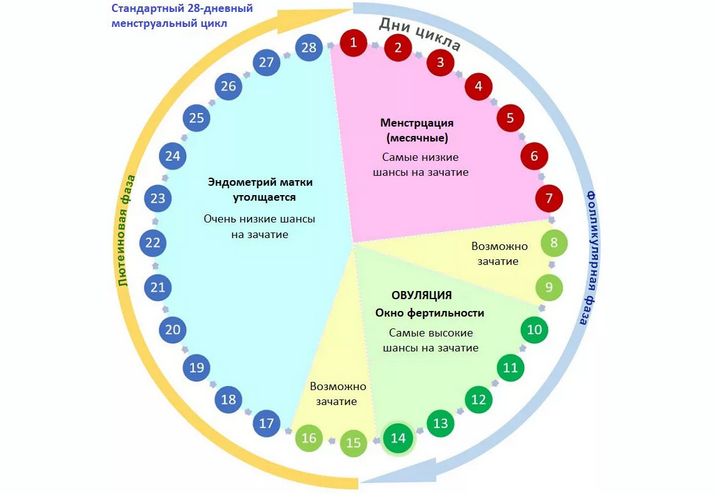
Some women have very irregular cycles or find it difficult to work out an average cycle length. This can make it hard to work out when ovulation happens. If it’s all too hard, having sex every 2-3 days covers all bases and improves your chance of getting pregnant.
Myth busting
- MYTH
A woman can get pregnant any time of the month.
- FACT
A woman can only get pregnant on a few days during her menstrual cycle.
Why?
Because eggs and sperm only live for a short time:
- Sperm live for around five days.
- Eggs can only be fertilised for around 24 hours (one day) after being released from the ovary.
Eggs and sperm need to come together at the right time for fertilisation to happen to create an embryo.
Getting the timing right
If you're trying to get pregnant, timing is everything. Dr Karin Hammarberg explains how to work out when you are ovulating and the right time to have sex to improve your chance of pregnancy.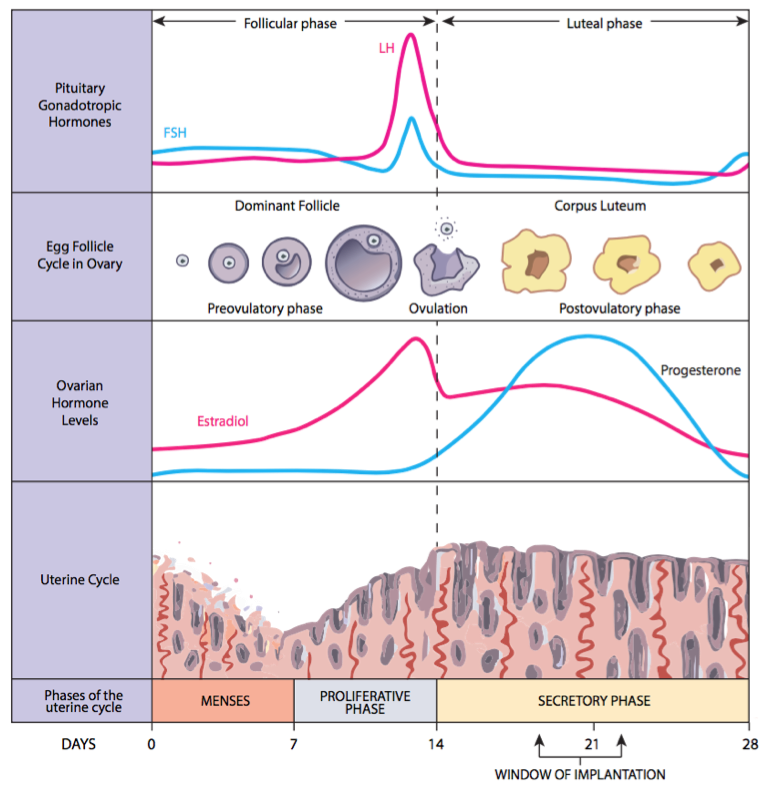
-
What are the chances?
Having sex as close as possible to the time of ovulation increases the chance of pregnancy.
If a woman has sex six or more days before she ovulates, the chance she will get pregnant is virtually zero.
If she has sex five days before she ovulates, her probability of pregnancy is about 10 percent.
If she has sex on the day of ovulation, or the two days before, the chance of getting pregnant is around 30 percent.
These are average figures and depend on a woman’s age.
When does preconception health begin?
Professor Sarah Robertson, Director of Robinson Research Institute, University of Adelaide, highlights the key time before pregnancy that your health is most important to ensure your child has the best start to life.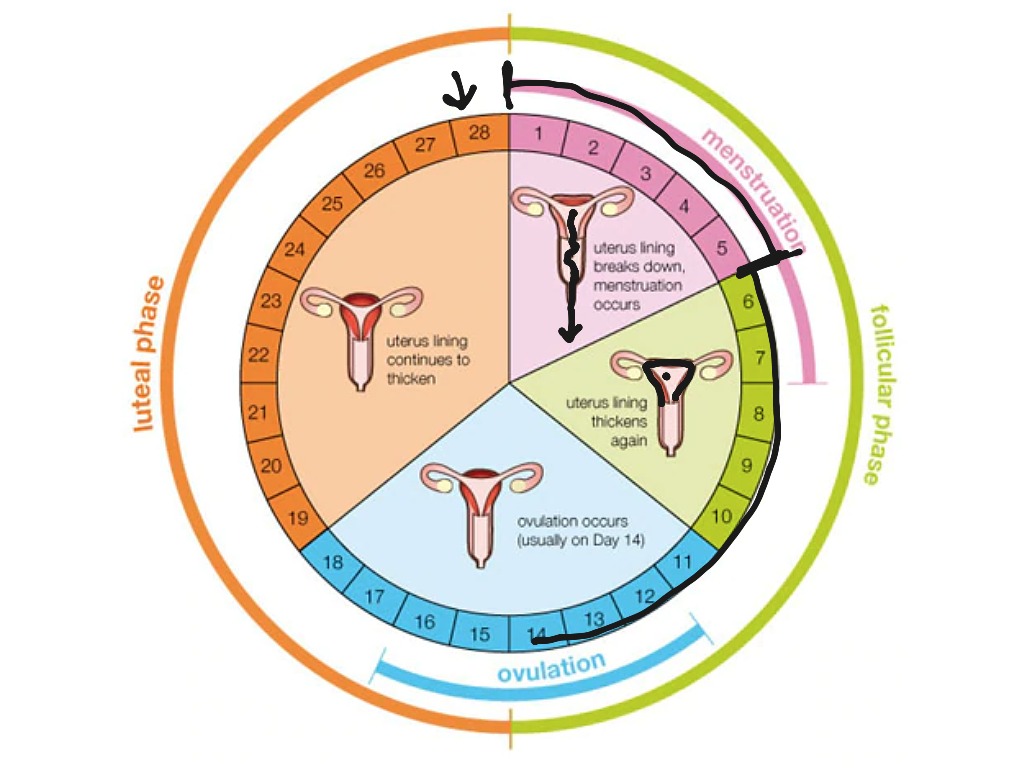
How to know you are ovulating
Kerry Hampton, a registered nurse and fertility specialist, discusses the importance of fertility awareness, and how to determine your fertile window to improve your chances of conceiving.
- References
- American Society for Reproductive Medicine, Optimizing natural fertility, https://www.reproductivefacts.org/news-and-publications/patient-fact-sheets-and-booklets/documents/fact-sheets-and-info-booklets/optimizing-natural-fertility/
- Berglund Scherwitzl, et al. (2015). Identification and prediction of the fertile window using Natural Cycles. The European Journal of Contraception and Reproductive Health Care, 20(5), 403-408. doi:10.3109/13625187.2014.988210
- Ecochard, R., et al. (2015). Self-identification of the clinical fertile window and the ovulation period.
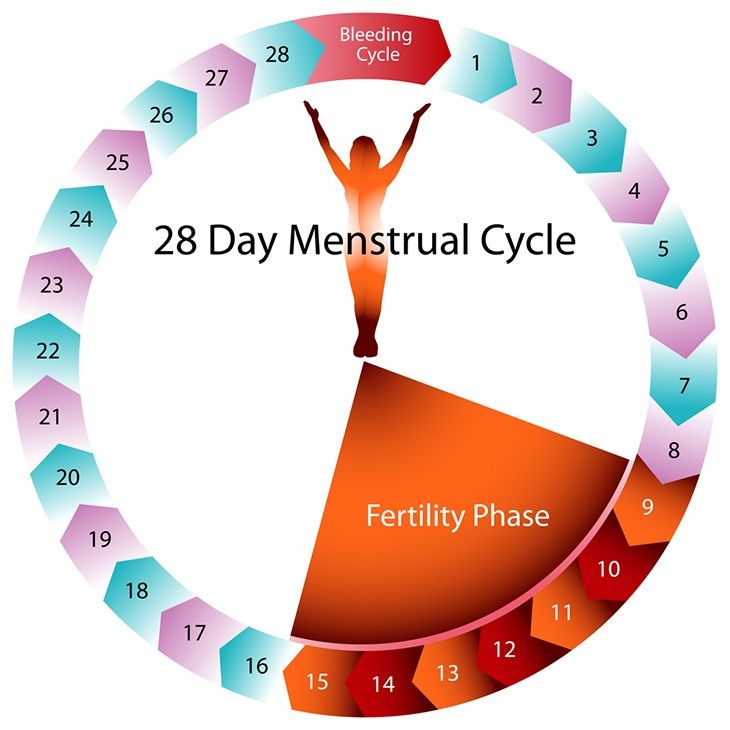 Fertility and Sterility, 103(5), 1319-1325.e1313. doi: http://dx.doi.org/10.1016/j.fertnstert.2015.01.031
Fertility and Sterility, 103(5), 1319-1325.e1313. doi: http://dx.doi.org/10.1016/j.fertnstert.2015.01.031 - Pfeifer, S., et al. (2017). Optimizing natural fertility: a committee opinion. Fertility and Sterility, 107(1), 52-58. doi: 10.1016/j.fertnstert.2016.09.029
- Stanford, J. B. (2015). Revisiting the fertile window. Fertility and Sterility, 103(5), 1152-1153. doi: http://dx.doi.org/10.1016/j.fertnstert.2015.02.015
- Stanford, et al. (2002). Timing intercourse to achieve pregnancy: current evidence. Obstetrics and Gynecology, 100(6), 1333-1341.
- Stephenson, J., et al. (2018). Before the beginning: nutrition and lifestyle in the preconception period and its importance for future health. The Lancet, 10.1016/S0140-6736(18)30311-8 doi: 10.1016/S0140-6736(18)30311-8
- Vélez, M. Pet al. (2015). Female exposure to phenols and phthalates and time to pregnancy: the Maternal-Infant Research on Environmental Chemicals (MIREC) Study. Fertility and Sterility.
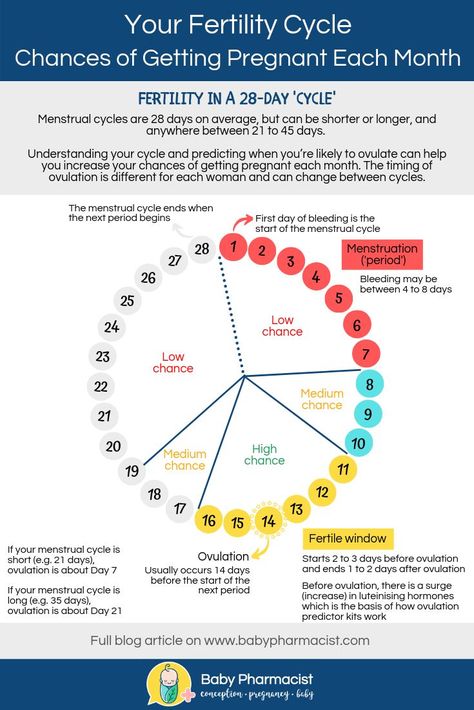 doi: 10.1016/j.fertnstert.2015.01.005
doi: 10.1016/j.fertnstert.2015.01.005 - Verón, G. L., et al. (2018). Impact of age, clinical conditions, and lifestyle on routine semen parameters and sperm kinematics. Fertility and Sterility, 110(1), 68-75.e64. https://doi.org/10.1016/j.fertnstert.2018.03.016
- Waylen, A. Let al. (2009). Effects of cigarette smoking upon clinical outcomes of assisted reproduction: a meta-analysis. Hum Reprod Update, 15(1), 31-44.
- Zenzes, M. T. (2000). Smoking and reproduction: gene damage to human gametes and embryos. Hum Reprod Update, 6(2), 122-131.
Page created on: 28/08/2018 | Last updated: 14/12/2022
How to increase your chance of getting pregnant
If you want a baby, here are five tips to increase your chance of getting pregnant.
- Know when you ovulate
Pregnancy is only possible if you have sex during the five days before ovulation or on the day of ovulation.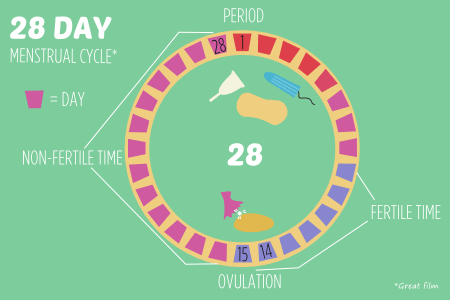 This is called the fertile window. Having sex during the fertile window, especially the three days leading up to and including ovulation, gives you the best chance of getting pregnant.
This is called the fertile window. Having sex during the fertile window, especially the three days leading up to and including ovulation, gives you the best chance of getting pregnant.
So how do you know when you’re ovulating? It depends on the length of your menstrual cycle. It happens about 14 days before your period starts so if your average cycle is 28 days, day one is the first day of your period and you ovulate around day 14. This means your most fertile days for sex are days 12, 13 and 14.
If your average menstrual cycle is 35 days, ovulation happens around day 21 and your most fertile days for sex are days 19, 20 and 21.
If you have a shorter cycle, say 21 days, ovulation happens around day seven and your most fertile days are days five, six and seven.
Use this ovulation calculator to help you pinpoint your fertile window.
If you have an irregular cycle and can’t work out when you ovulate, having sex every two to three days should improve your chance of getting pregnant.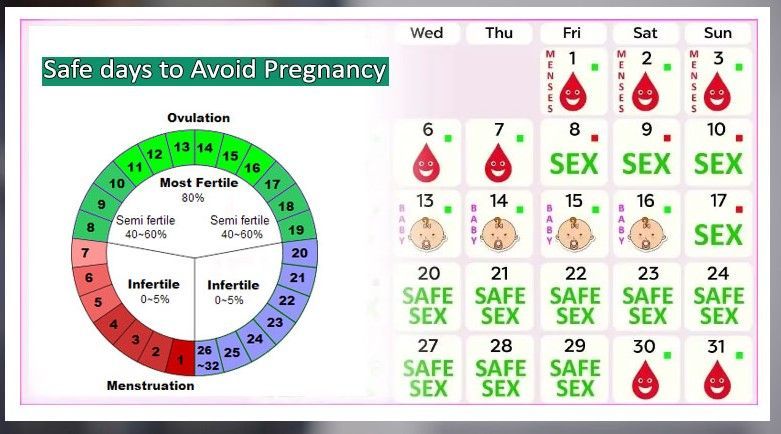
- See your GP for a preconception health check
See your GP for a preconception check-up to make sure you are as healthy as possible before trying for a baby. Your GP can also check your vaccinations are up to date so you have immunity against infections that could harm a baby. Complete our preconception health checklist and take it to your appointment.
- Eat well and exercise
For women and men, working towards a healthy weight increases the chance of pregnancy. Being in good shape will not only boost your fertility and your general health, it will also give your baby the best start in life.
Carrying extra weight can cause problems with hormone levels, which can affect the menstrual cycle, and the quality of a woman’s eggs and a man’s sperm. The good news is that making some changes, like eating healthy food and being physically active, can put you on a pathway to a healthier weight.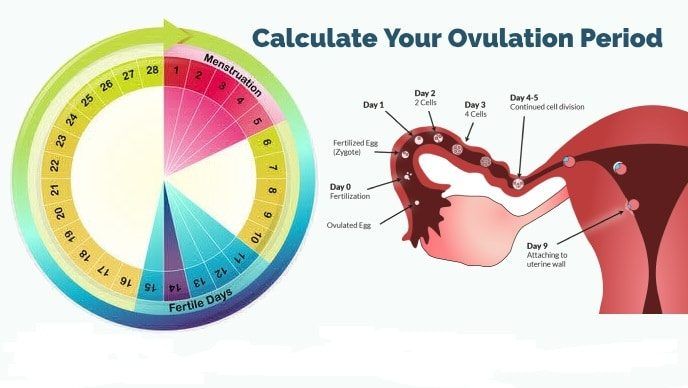 It can be hard but losing even a few kilos can make a big difference.
It can be hard but losing even a few kilos can make a big difference.
- Look after your health
For both women and men, the lead up to pregnancy is just as important as being healthy during pregnancy. You can do this by:
• taking the right dose of folic acid and iodine (for women)
• not smoking
• cutting out alcohol and recreational drugs
• discussing the safety of any medication or complimentary therapies you are taking with your doctor
• limiting your caffeine intake
• avoiding some chemicals commonly found in the home or workplace
• making sure your vaccinations, especially German Measles (Rubella), are up to date.
- Get help if you have trouble getting pregnant
About one in six couples experience fertility problems, so if you’re aged under 35 and haven’t conceived after a year, talk to your GP about it. If you’re 35 or older, visit your GP after six months of trying without success.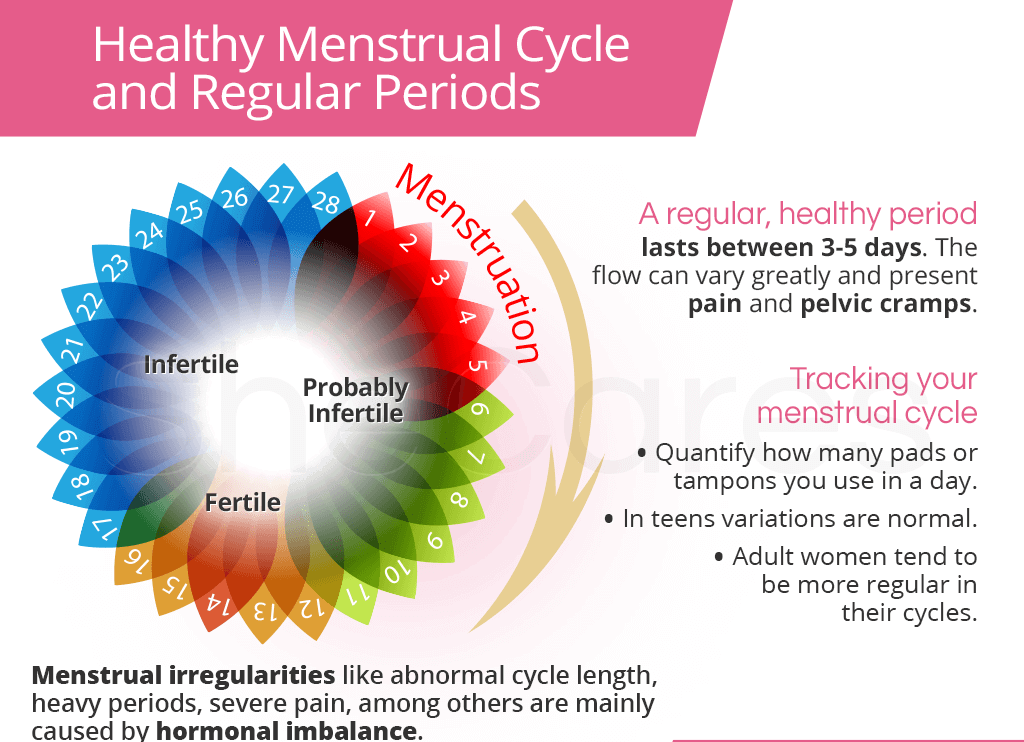
Some medical conditions can affect your chance of getting pregnant including:
• polycystic ovary syndrome (PCOS)
• endometriosis
• diabetes
• cancer treatment.
If either partner has a medical condition, talk to your doctor to make sure it’s under control before trying for a baby.
What is the most fertile time? The calendar can help you
checklist for you What is infertility? Menstrual cycle and ovulation Fertile days Factors affecting fertility
Fertile days are those days during which a woman is most likely to become pregnant. In each menstrual cycle, a woman can conceive within about 6 days: the day of ovulation and 5 days before it.
However, the most difficult thing is to determine exactly when ovulation occurs!
To determine your fertile period, you must monitor your menstrual cycle.
The first day of the cycle is the first day of menstruation. Since cycle length can vary slightly from month to month, it is best to follow your menstrual cycle for several months at a time.
Since cycle length can vary slightly from month to month, it is best to follow your menstrual cycle for several months at a time.
Try to determine the day when you ovulate and remember it by marking it on your menstrual cycle calendar. This is an important day. When the next cycle comes, you will know that the fertile period begins five days before the start of ovulation.
Your fertile period is when you should have unprotected sex every two days if you want to increase your chances of getting pregnant. It ends with the next.
For more confidence in determining ovulation, we advise you to use ProFecund ovulation tests from the ninth day of your cycle until you get a positive test result.
There are various ways to determine the days you are most likely to get pregnant. It is important to remember that the signs of ovulation vary for every woman, and many of them experience no symptoms even though they ovulate normally. Among the most obvious traceable signs are changes in cervical mucus and an increase in basal body temperature.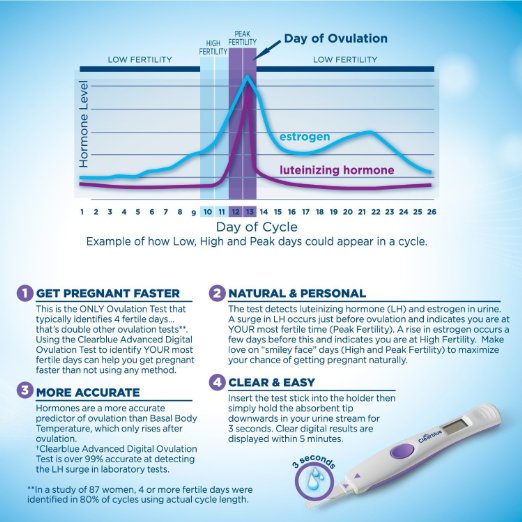
Changes in cervical mucus
Cervical mucus differs from vaginal discharge. The hormones that control the menstrual cycle cause the cervix to secrete fertile mucus, which protects sperm and helps sperm move to the uterus and fallopian tubes.
The mucus changes as the woman's body prepares to release the egg. There are distinct differences in how mucus looks and feels at different stages of a woman's monthly menstrual cycle:
- no cervical mucus during menstruation.
- after menstruation, the vagina is dry and there is no cervical mucus.
- a few days after the end of menstruation, the cervix begins to secrete the first mucus from the menstrual cycle in small quantities. It is sticky, white or slightly yellowish, matte, does not stretch and has a slightly floury texture.
- As the follicles begin to secrete more estrogen, the mucus becomes more watery, dilute and moist and creamy. The color is still white or yellowish, matte.
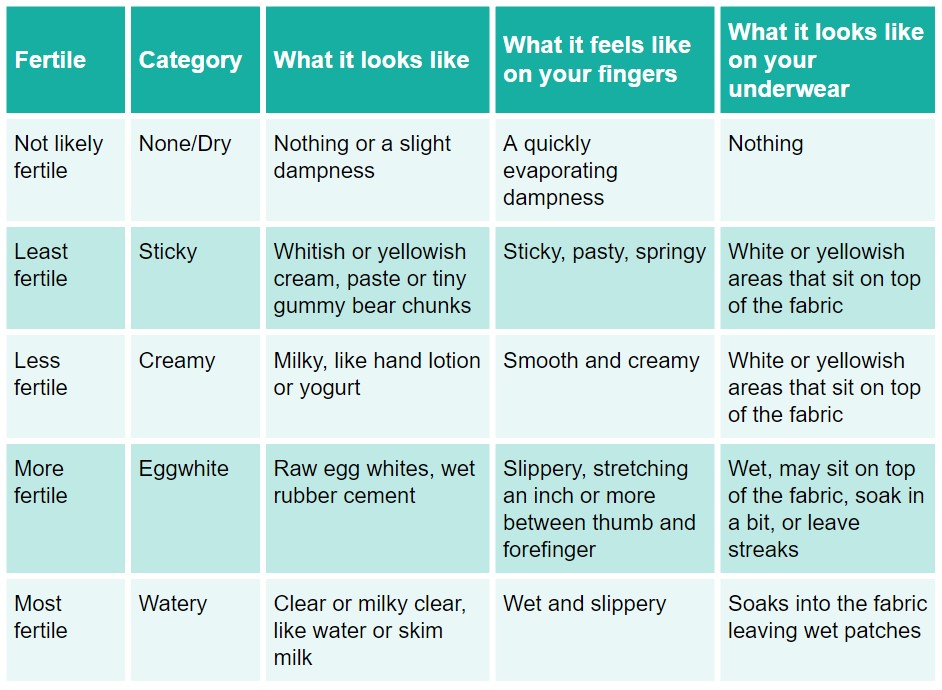 It might stretch a little. All this indicates the beginning of the fertile period.
It might stretch a little. All this indicates the beginning of the fertile period. - as ovulation approaches, the mucus becomes more transparent, moist, elastic, light and slippery, reminiscent of raw egg white. This period is very fertile.
- after ovulation is completed, the amount of mucus decreases and it begins to dry out. This drying may be gradual or abrupt.
Be aware that some activities, such as breastfeeding or using showers or other hygiene products, may change the appearance of mucus.
At first, for some women, observing the signs of ovulation can be difficult, but over time, many of them easily recognize these common signs.
Increased basal body temperature
During the day, body temperature is constantly changing. During the night (sleep), body temperature gradually drops to its lowest point, in the early hours of the morning. As the usual hour of awakening approaches, metabolic activity increases, causing an increase in temperature.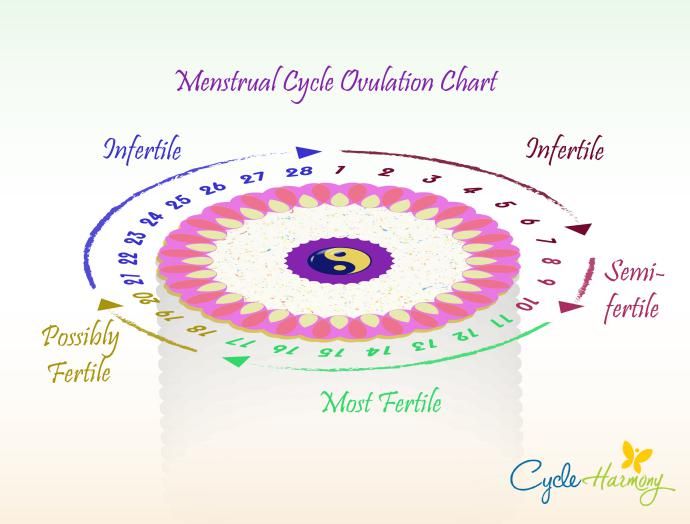 At the same time, during daily activities, the temperature may vary slightly, depending on the level of activity. Basal body temperature is the temperature of the body in a state of relaxation, which is measured (successively) in the morning, immediately after waking up, before getting out of bed, eating or drinking.
At the same time, during daily activities, the temperature may vary slightly, depending on the level of activity. Basal body temperature is the temperature of the body in a state of relaxation, which is measured (successively) in the morning, immediately after waking up, before getting out of bed, eating or drinking.
A change in basal temperature usually occurs in every woman during her menstrual cycle. Before ovulation, basal temperature is lowered by estrogen, but immediately after ovulation, with the release of progesterone, the temperature rises slightly, sometimes by less than one degree, and remains high throughout pregnancy or until the onset of menstruation, when it decreases again. To unconditionally confirm ovulation, basal temperature must be maintained high for at least three days in a row.
To measure basal temperature, use a more sensitive thermometer that measures two tenths after the decimal point.
Take your temperature at the same time every morning, always before you get out of bed.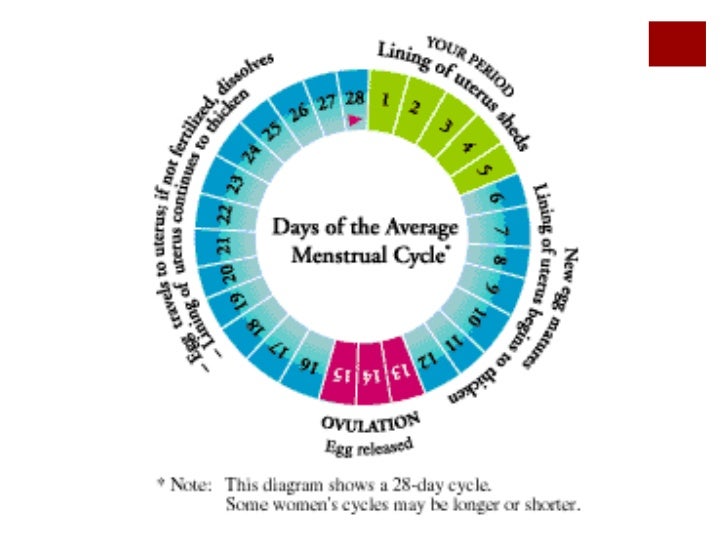 If you log your temperature daily for several cycles, you will mark a pattern that will help you identify your most fertile days.
If you log your temperature daily for several cycles, you will mark a pattern that will help you identify your most fertile days.
Basal temperature is a sign of fertility that confirms whether ovulation has occurred. Sometimes it happens that in the morning the recorded temperature is high, but the fertile period of this menstrual cycle has ended. Therefore, it is important to check other basic fertility signs that indicate impending ovulation.
Reading or procedural errors make measuring basal temperature a rather dubious method of determining ovulation, so it is preferable to use ovulation tests. They more reliably point to the appropriate moment.
There are other signs of ovulation that can occur in women, but they do not necessarily appear in every cycle and in all women: light bleeding, colic or slight pain in the side, breast tenderness, bloating, increased sexual appetite, change in position or hardness of the cervix, increased sensitivity to smell, taste, or vision.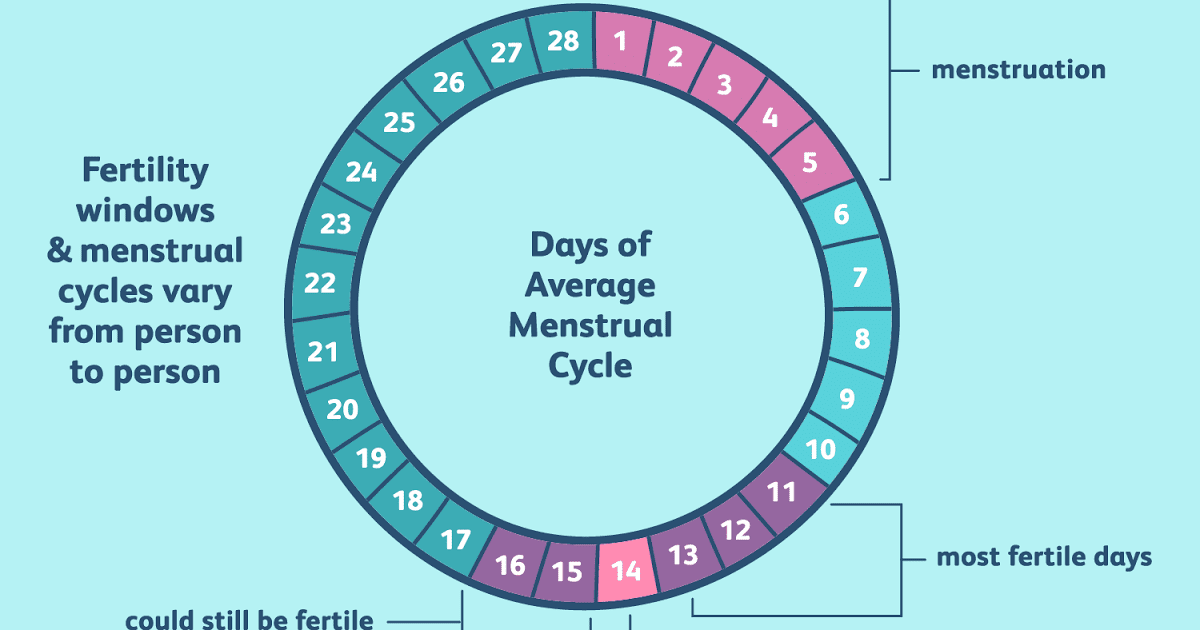
You may not notice all these secondary signs of ovulation. It's normal, it's not a problem. However, if you notice them, then these signs can help you identify fertile days.
The following graph illustrates the evolution of the chances of getting pregnant depending on the day of ovulation. As you can see, the chances start to increase five days before, they are maximum on the day of ovulation and become zero the next day.
This graph demonstrates the importance of knowing this key day in both situations: when you want and when you do not want to become pregnant.
Continue with Factors Affecting Fertility
Take advantage of special offers now
When is a woman most fertile?
If you are a woman taking precautions to prevent pregnancy, or if you are thinking about becoming pregnant in some way in the future, the issue of fertility usually remains in the background.
The question of when a woman is most fertile has two aspects.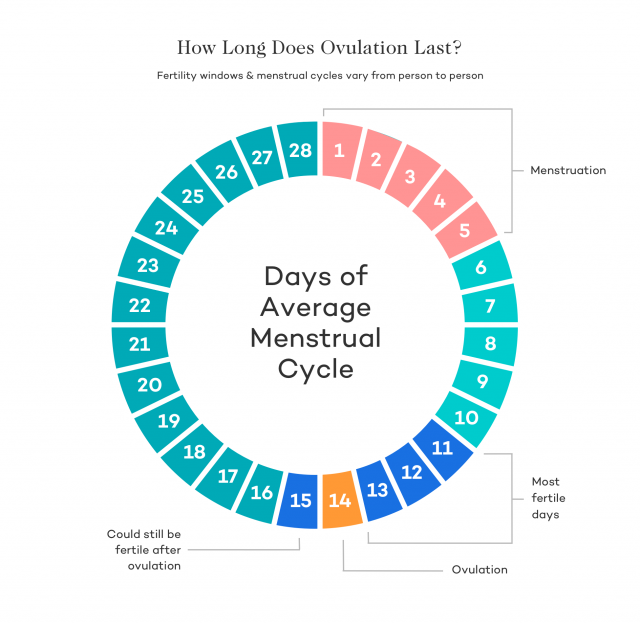
First, is the menstrual cycle and the period when a woman is most fertile.
To figure out the arithmetic, a fertility calendar or an ovulation calculator will help. The second aspect of the question concerns biological age and the stage of life at which women are most fertile. In our article, we will look at the monthly cycle, the days that are the most fertile during this cycle, and various means of monitoring and predicting ovulation. This makes it possible to predict the time of maximum fertility with some accuracy.
Second, , we look at the stages of fertility at various times in a woman's life and their influence on her ability to conceive.
It is well known that fertility peaks at age 20 and begins to decline after age 30; after 35 years, natural conception rates begin to drop sharply. However, in today's society, many women, for understandable financial and social reasons, choose to delay childbearing until the age of thirty.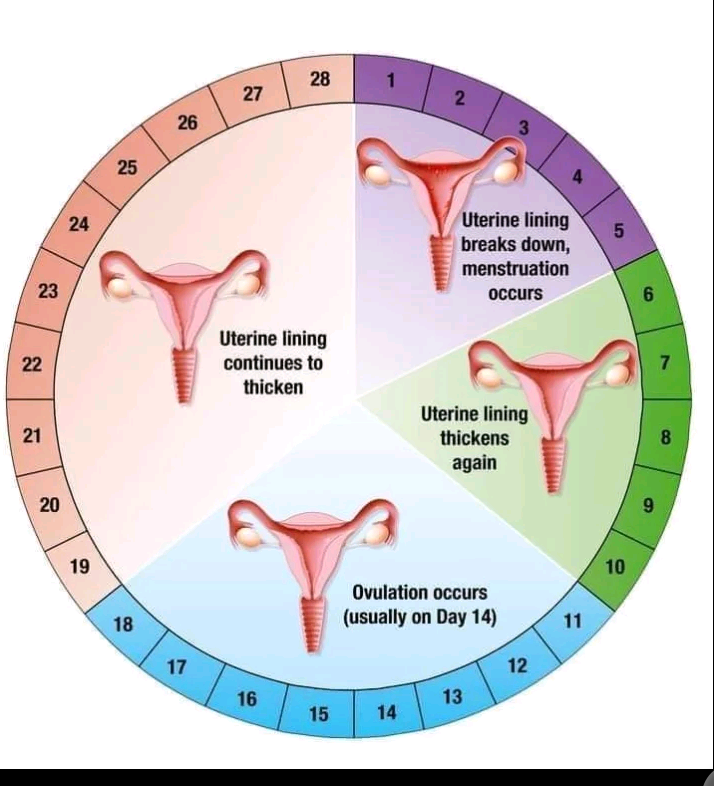 Thus, we are faced with the paradoxical situation where many women, who have long sought to prevent pregnancy in their younger years, find themselves in a situation where they begin to look for ways to increase their chances of conceiving.
Thus, we are faced with the paradoxical situation where many women, who have long sought to prevent pregnancy in their younger years, find themselves in a situation where they begin to look for ways to increase their chances of conceiving.
When is a woman most fertile? What does the menstrual cycle show?
In a woman, the ability to conceive is maximum a day or two before and after ovulation. This is when the egg is released from the ovaries. You can calculate with a reasonable degree of accuracy when ovulation will occur, especially if your cycle is regular, anywhere between 24 and 35 days. Consider the start of your period (bright spotting) as the first day of your cycle, and the day before the next as the end of your cycle. Ovulation usually occurs 12-16 days before the start of the next cycle. Thus, if you have a regular 28-day cycle, then the indicator remains the same: ovulation occurs on the 12th-16th day. However, fertile time is not limited to these few days.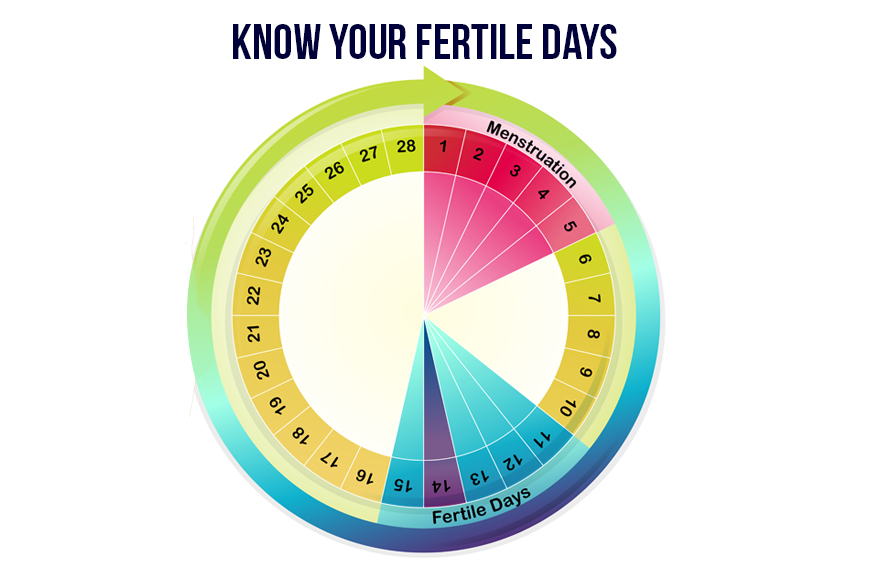 Remember that you can get pregnant if you have unprotected sex at any time during the week before ovulation, as sperm can live in a woman's genital tract for up to seven days.
Remember that you can get pregnant if you have unprotected sex at any time during the week before ovulation, as sperm can live in a woman's genital tract for up to seven days.
Fertility specialists generally advise that if you are hoping to get pregnant, it is advisable to specifically schedule contacts around this time, as it can be difficult to calculate the exact day of ovulation, and trying to have sex on a schedule can cause unnecessary stress and anxiety. For the best chance of getting pregnant as long as there are no underlying fertility problems, it is recommended to have intercourse every 2-3 days during your cycle. In addition, fertility calendars, an ovulation test, and self-monitoring for signs of ovulation can help predict the ideal time to conceive.
Menstrual calendar
It could be an old-fashioned pen and paper, a spreadsheet, or one of the many online calendars available. They are also known as ovulation calendars or ovulation calculators.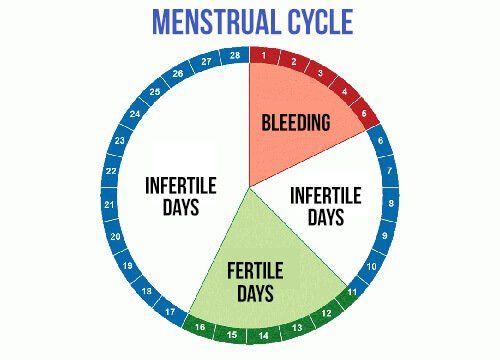 They all do the same thing: keep track of your menstrual cycle dates and use the 12-16 day calculation outlined above to determine the days on which you are most likely to conceive.
They all do the same thing: keep track of your menstrual cycle dates and use the 12-16 day calculation outlined above to determine the days on which you are most likely to conceive.
Ovulation Tests
These are test kits that measure the level of luteinizing hormone (LH) in your urine. The essence of the measurement is to capture the surge in LH levels that occurs during your cycle a couple of days before ovulation. There are also tests that measure the same hormone pulsation but use a saliva sample. In these tests, saliva takes on the appearance of a fern-like pattern when it dries on glass. However, the most accurate analysis that allows you to track the LH peak is a urinalysis (rarely used in routine practice).
Self-monitoring for signs of impending ovulation
Self-monitoring includes taking temperature every morning after waking up, as well as monitoring the quality and consistency of vaginal mucus secretions. This must continue for several months so that ovulation can be tracked.